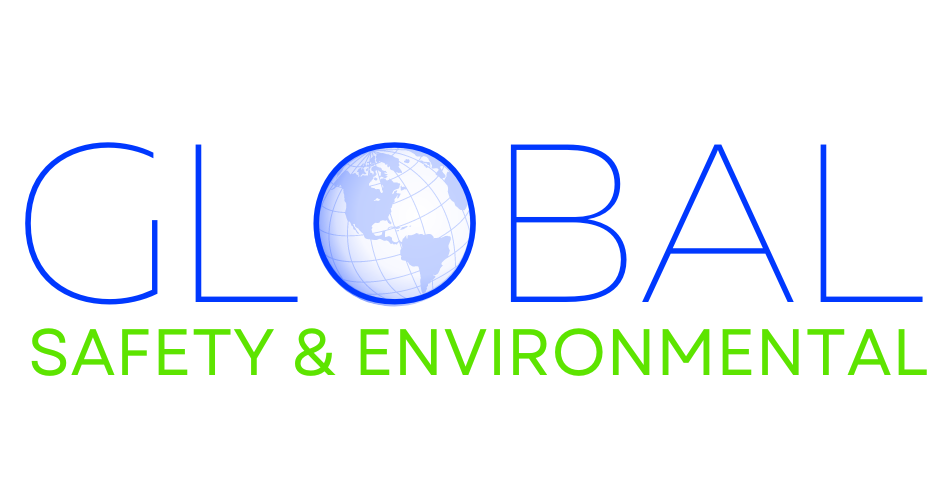The traditional lens through which workplace safety is viewed – one focused solely on physical hazards and emergency protocols – is undergoing a necessary evolution. Increasingly, organizations are recognizing the crucial role psychological well-being plays in fostering a truly safe and productive environment.
Ignoring the impact of stress, anxiety, and trauma on workers is no longer an option. These mental health concerns can directly affect safety by impairing judgment, hindering communication, and increasing the risk of accidents and errors. A study by the American Psychological Association revealed that employees experiencing chronic stress are 60% more likely to experience a workplace accident.
Therefore, shifting the focus towards building a culture of resilience is essential. This entails creating a work environment that prioritizes mental well-being and empowers employees to navigate challenges with greater adaptability and emotional strength. This article will explore the impact of stress, anxiety, and trauma on workplace safety, outline practical strategies for building resilience, and emphasize the importance of open communication and a supportive work environment.
Impact of Stress, Anxiety, and Trauma on Safety:
- Stress: Chronic stress can cloud judgment, leading to impulsive decisions and increased risk-taking behavior. It can also impair focus and concentration, making employees more susceptible to overlooking safety protocols or making critical mistakes.
- Anxiety: Elevated anxiety can manifest in physical symptoms like tremors, dizziness, and rapid heartbeat, all of which can hinder physical dexterity and coordination, crucial for many professions. Anxiety can also lead to panic attacks, creating potentially dangerous situations in high-pressure environments.
- Trauma: Past traumatic experiences can trigger flashbacks or dissociative episodes, impacting a person’s ability to react calmly and effectively in challenging situations. Moreover, trauma can lead to hypervigilance or withdrawal, both of which can impede communication and teamwork, essential for maintaining a safe work environment.
Building Resilience:
- Promoting mindfulness and stress management practices: Training programs on meditation, yoga, and deep breathing techniques can equip employees with tools to manage stress and stay calm under pressure. Encouraging mindfulness can also enhance self-awareness and emotional regulation, fostering a more positive overall outlook.
- Encouraging healthy work-life balance: Implementing flexible work arrangements, offering generous paid time off, and discouraging presenteeism are crucial for preventing burnout and allowing employees to prioritize their mental and physical well-being. This reduces stress and fosters a culture where personal needs are valued.
- Providing access to mental health resources: Offering Employee Assistance Programs (EAPs) with confidential counseling services and mental health resources demonstrates a commitment to supporting employees’ emotional well-being. Access to therapists and wellness coaches can equip employees with tools to cope with stress, anxiety, and trauma.
Open Communication and Supportive Work Environment:
- Fostering psychological safety: Create a work environment where employees feel comfortable expressing their concerns, seeking help, and openly discussing mental health challenges without fear of judgment or repercussions. This can be achieved through leadership training, encouraging open dialogue, and implementing anti-discrimination policies.
- Empowering managers to support employee well-being: Train managers to recognize signs of stress, anxiety, and trauma, equip them with communication skills to have open conversations about mental health, and provide them with resources to support their team members.
- Celebrating diverse perspectives and promoting inclusivity: Building a workplace that values and respects individual differences creates a sense of belonging and reduces stress for employees who may be struggling with mental health challenges. This includes embracing neurodiversity, cultural sensitivity, and disability awareness.
Investing in a culture of resilience is not just a moral imperative; it is also a sound business decision. By prioritizing employees’ mental well-being, organizations can reap significant benefits, including reduced absenteeism, increased productivity, improved employee morale, and a stronger safety culture. Building a workplace where mental health matters is not only the right thing to do, but it is also the key to creating a thriving and sustainable organization.




